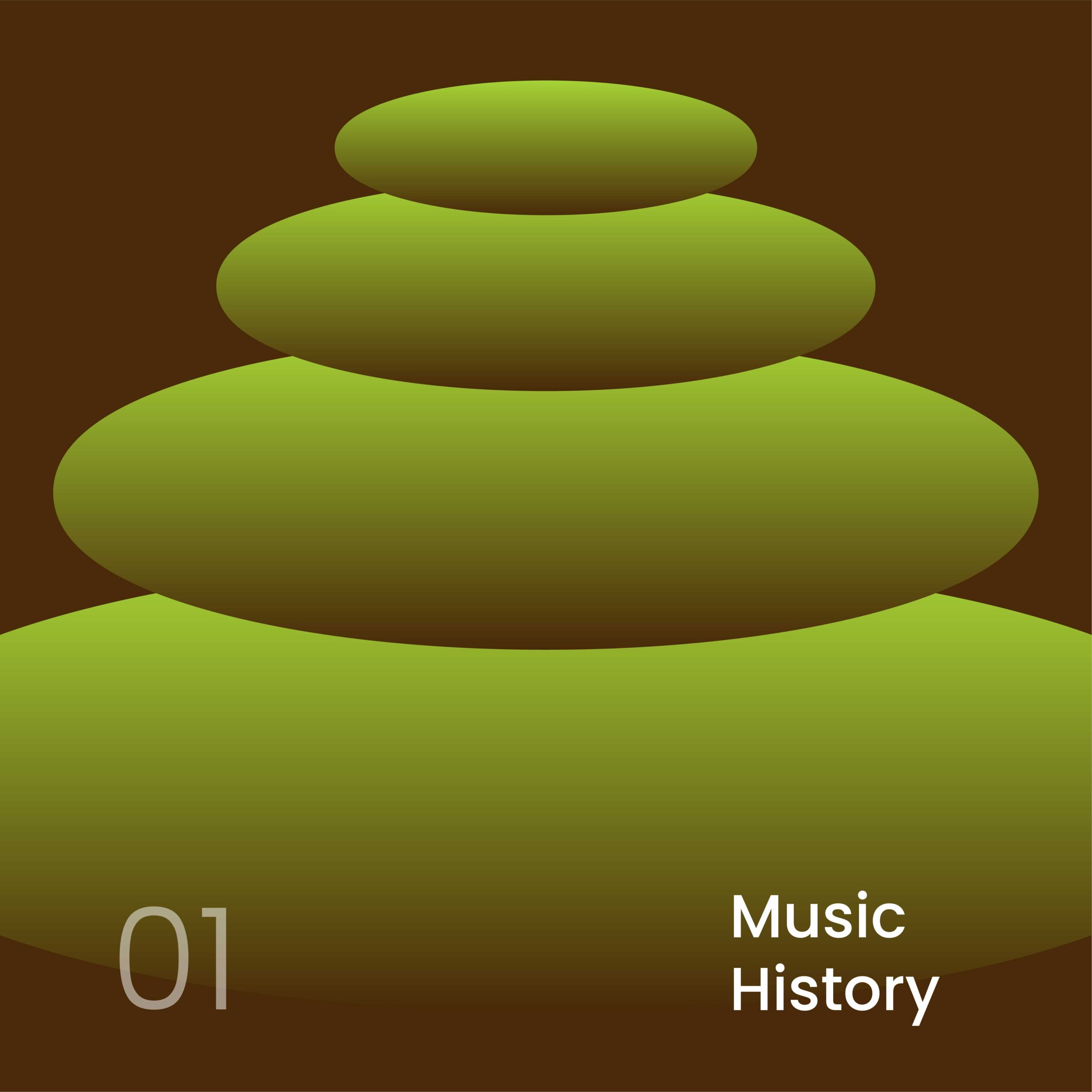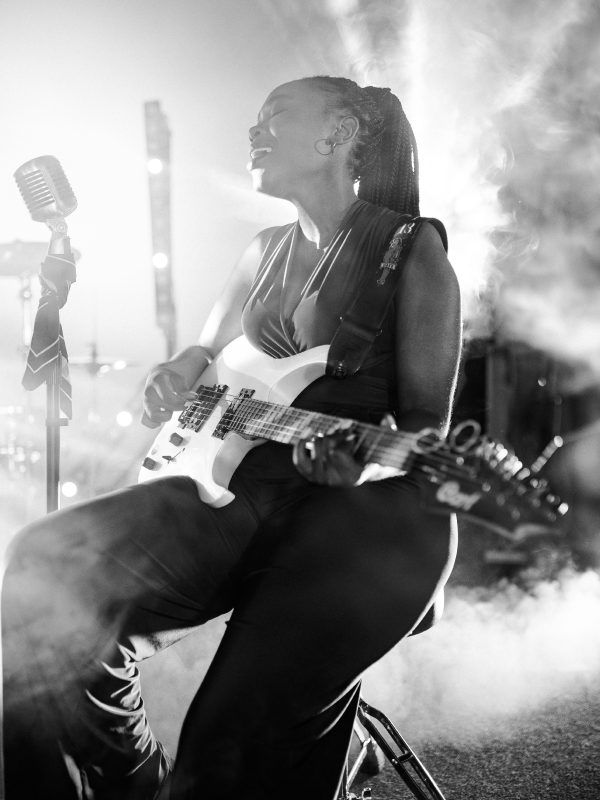| Melodies of the Past: How Music Evolved Over Millennia |
Imagine a world without music—no melodies to hum, no rhythms to dance to, and no symphonies to stir emotions. Music is as ancient as humanity itself, shaping cultures, defining moments, and evolving with every beat of history. Today’s global music scene, rich with genres and diversity, is the culmination of thousands of years of evolution. Let’s embark on a journey through time to explore how music has transformed over millennia.
1. The Origins: Nature’s Symphony
In the prehistoric era, music was deeply rooted in nature. Early humans mimicked the sounds of their environment, from birds chirping to the rustling of leaves. These natural sounds inspired the first rhythms, created by clapping hands, stomping feet, and striking objects together.
Archaeological findings suggest that bone flutes and percussion instruments made from animal hides were among the earliest tools of music-making, dating back over 40,000 years. Music at this stage was functional—used in rituals, communication, and storytelling. It connected communities and was believed to hold spiritual powers.
2. Ancient Civilizations: Structure and Innovation
As human societies advanced, so did music. Ancient civilizations introduced structure and complexity, transforming music into an art form.
- Mesopotamia: The Mesopotamians developed the earliest known musical scales and tuning systems. Clay tablets from this era show detailed instructions for playing stringed instruments like lyres and harps.
- Egypt: In ancient Egypt, music was central to both religious ceremonies and daily life. Instruments such as the sistrum (a type of rattle) and the lute were commonly used. Musicians held high social status and were often associated with temples.
- China: The Zhou dynasty laid the foundations of Chinese classical music. Philosophers like Confucius believed music was essential for moral and societal harmony. The guqin, a plucked string instrument, emerged as a symbol of wisdom and refinement.
- India: Indian classical music, with roots in the Vedic period, evolved into intricate systems of ragas (melodic frameworks) and talas (rhythmic cycles). Instruments like the veena and mridangam became central to performances.
These ancient societies treated music as more than entertainment—it was a means of storytelling, religious expression, and cultural preservation.
3. The Middle Ages: Music and the Divine
The Middle Ages (500–1400 AD) saw music shift into the spiritual realm, particularly in Europe. Gregorian chants, characterized by their monophonic, unaccompanied vocal lines, became synonymous with Christian worship. These sacred melodies were sung in Latin and often performed in cathedrals to create a sense of awe and reverence.
As the centuries progressed, music evolved beyond the church. The invention of polyphony, where multiple vocal lines are sung simultaneously, introduced richer, more complex textures. Troubadours and minstrels began composing secular songs about love, chivalry, and adventure, adding a new dimension to medieval music.
4. The Renaissance: A Cultural Revival
The Renaissance (1400–1600 AD) was a time of rebirth for the arts, and music flourished alongside painting and literature. Composers like Palestrina and Josquin des Prez elevated music to new heights with intricate harmonies and innovative compositions.
This period also marked the rise of instrumental music. The invention of the printing press made sheet music widely available, enabling musicians to share and learn compositions across Europe. Instruments such as the violin and keyboard gained popularity, laying the groundwork for future orchestras.
Music during the Renaissance was both sacred and secular, reflecting the era’s intellectual and cultural dynamism.
5. The Baroque Period: The Age of Grandeur
The Baroque era (1600–1750 AD) brought drama and extravagance to music. Composers like Johann Sebastian Bach, Antonio Vivaldi, and George Frideric Handel created intricate, highly ornamented works that emphasized emotion and virtuosity.
This period saw the development of new musical forms, including the concerto, sonata, and opera. The harpsichord became a prominent instrument, and orchestras grew in size and complexity. Baroque music often sought to evoke powerful emotional responses, whether through the grandeur of Handel’s “Messiah” or the dynamic energy of Vivaldi’s “Four Seasons.”
6. The Classical Era: Simplicity and Balance
The Classical period (1750–1820 AD) was all about elegance and clarity. Composers like Wolfgang Amadeus Mozart, Ludwig van Beethoven, and Joseph Haydn focused on balance and structure, creating music that was both accessible and sophisticated.
The symphony and string quartet emerged as dominant forms, while the piano replaced the harpsichord as the instrument of choice. Music during this era often reflected Enlightenment ideals, emphasizing order, reason, and human emotion.
Beethoven’s work, in particular, bridged the Classical and Romantic eras, pushing the boundaries of musical expression.
7. The Romantic Era: Emotions Unleashed
The Romantic period (1820–1900 AD) celebrated emotion, individuality, and imagination. Composers like Frédéric Chopin, Pyotr Ilyich Tchaikovsky, and Richard Wagner crafted music that was deeply personal and evocative.
This era saw the rise of programmatic music, where compositions told stories or depicted scenes. Tchaikovsky’s “Swan Lake” and Wagner’s operas are prime examples of music as a narrative force.
Pianos became a staple in middle-class homes, making music more accessible than ever before. The Romantic era also witnessed the beginnings of nationalism in music, with composers drawing inspiration from their countries’ folk traditions.
8. The 20th Century: Breaking Boundaries
The 20th century shattered musical conventions. Genres like jazz, blues, and rock ‘n’ roll emerged, driven by cultural shifts and technological innovation. Composers like Igor Stravinsky and Arnold Schoenberg experimented with dissonance and atonality, challenging listeners’ expectations.
The invention of recording technology transformed the music industry, allowing artists to reach global audiences. Jazz legends like Louis Armstrong and rock pioneers like Elvis Presley revolutionized music, paving the way for future genres.
9. The Digital Revolution and Beyond
The 21st century has been defined by digital transformation. Streaming platforms, social media, and AI-driven algorithms have reshaped how music is created, shared, and consumed. Genres like lo-fi hip-hop, K-pop, and EDM dominate global charts, reflecting the interconnectedness of today’s world.
Music has become more inclusive and democratized, with independent artists gaining exposure through platforms like YouTube and TikTok. Meanwhile, live performances and virtual concerts continue to evolve, offering fans new ways to connect with their favorite artists.
From the rhythmic echoes of ancient caves to the synthesized beats of today’s playlists, music’s evolution is a testament to humanity’s creativity and resilience. It has served as a medium for expression, a tool for connection, and a reflection of our collective journey through time.
As we move forward, one thing is certain: the melody of history will continue to inspire and unite us, one note at a time.













